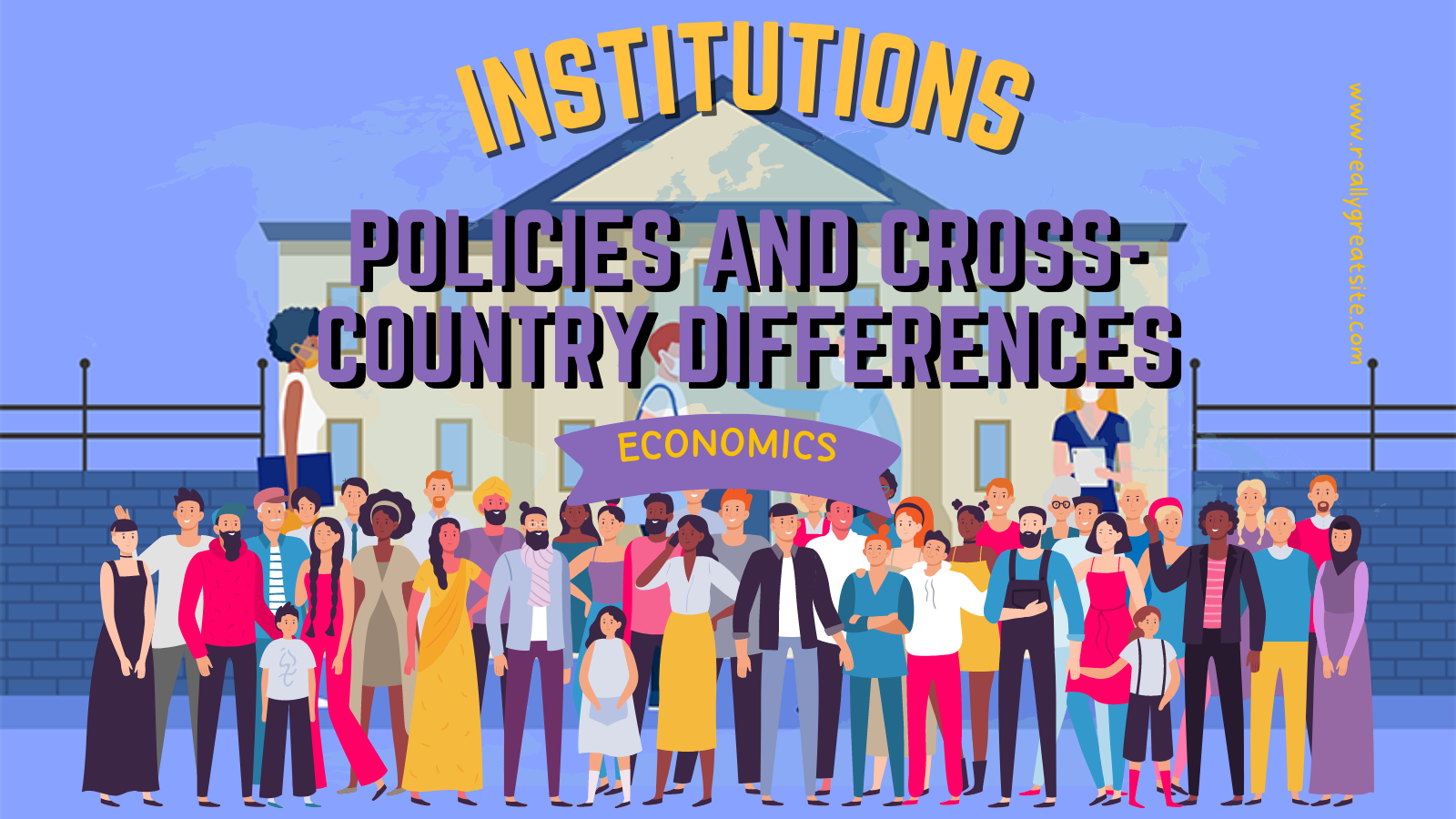Institutions, Policies, and Cross-Country Differences in Income and Growth
Institutions, policies, and cross-country differences in income and growth are complex and interrelated issues that have been the subject of much research and debate among economists.
Institutions, such as legal systems, property rights, and the rule of law, play a crucial role in promoting economic growth and development. Countries with strong institutions tend to have higher levels of economic growth and income per capita than those with weaker institutions. This is because institutions provide the framework for economic activity, and they shape the incentives for individuals and firms to invest and innovate.
Economic policies also play a key role in determining income and growth levels. For example, countries with low taxes and minimal regulation tend to have higher levels of economic growth than those with higher taxes and more regulation. Similarly, countries with open trade policies and flexible labor markets tend to have higher levels of income and growth than those with more protectionist policies.
Cross-country differences in income and growth can also be attributed to a variety of factors, including geography, culture, and history. For example, countries with abundant natural resources tend to have higher levels of income and growth than those without. Additionally, countries with long histories of political stability and economic freedom tend to have higher levels of income and growth than those without.
Overall, institutions, policies, and cross-country differences in income and growth are complex issues that are influenced by a variety of factors. To promote economic growth and development, it is important for countries to focus on building strong institutions and implementing policies that promote economic freedom and growth. Additionally, understanding the unique factors that contribute to cross-country differences in income and growth can help policymakers develop more effective strategies for promoting economic development.



